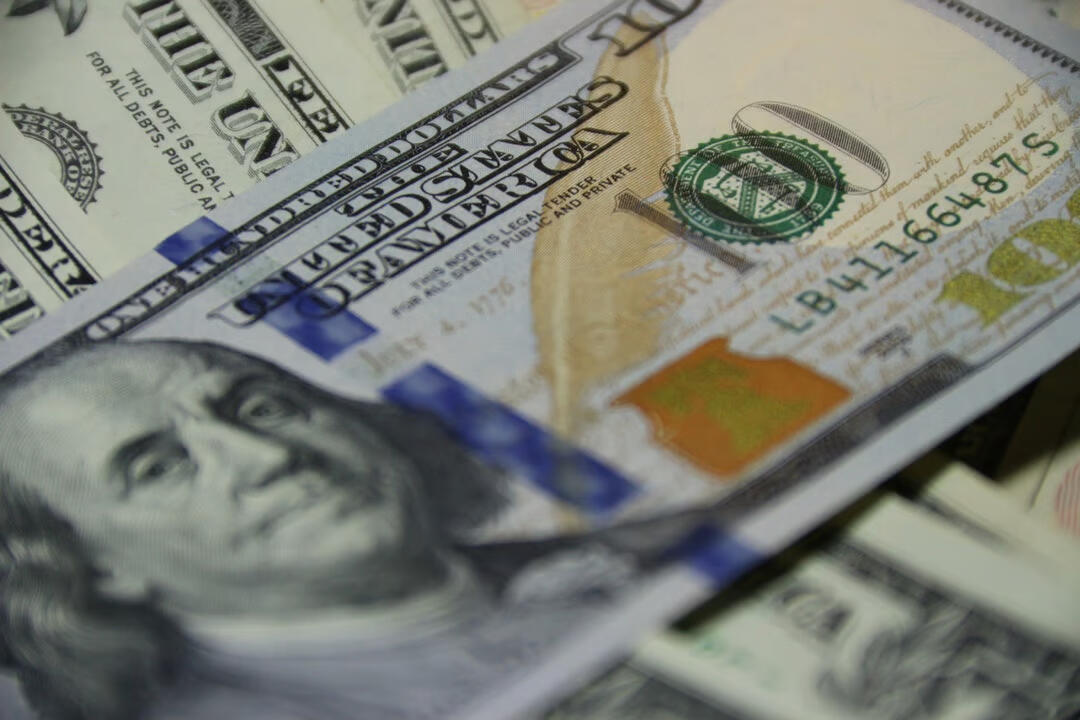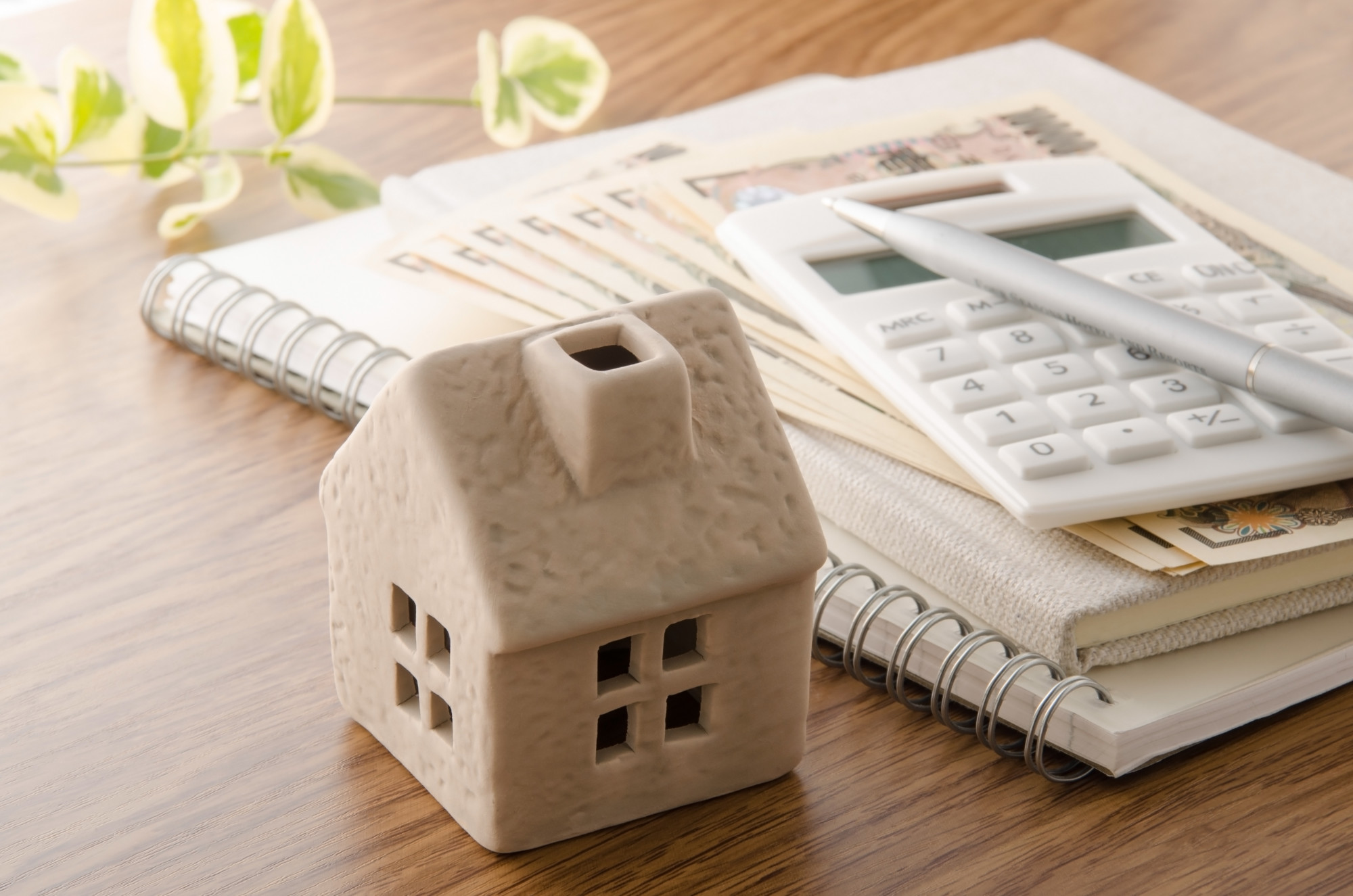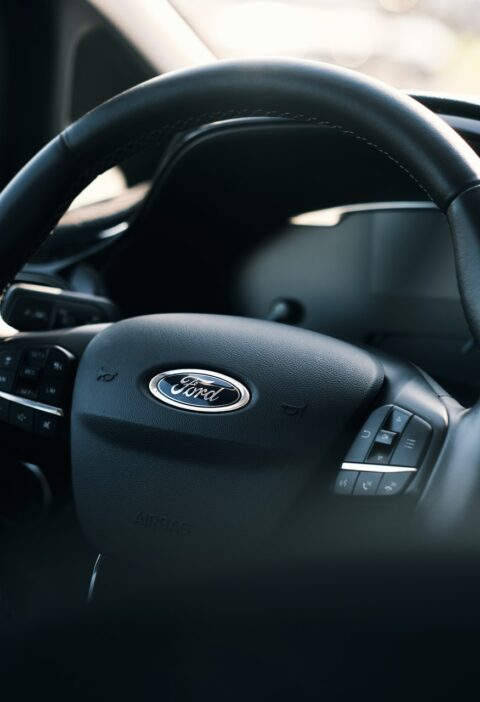Sustainability in multifamily real estate investment is becoming vital for long-term success. Not only does it contribute to the well-being of the environment, but it also offers financial advantages and enhances the living experience for residents.
As the demand for sustainable living spaces rises, particularly in markets like multifamily real estate investment in Oklahoma, investors recognize the benefits of eco-friendly practices. Sustainable living spaces attract environmentally conscious renters, ultimately increasing occupancy rates and tenant retention, which is crucial for maintaining a stable cash flow.
Moreover, governmental policies and incentives often favor sustainable investments, providing additional financial motivation. Many cities offer tax credits, grants, or other financial incentives for buildings that meet specific environmental standards.
By aligning with these initiatives, investors can benefit from reduced operational costs and potential financial support. Investing in ecologically friendly and commercially wise green initiatives is imperative, since more renters and buyers are now prioritizing sustainability.
Energy-Efficient Practices
Adopting energy-efficient methods is one of the most effective strategies for sustainable multifamily investment. Energy-star-rated appliances, LED lighting, and high-quality HVAC systems can greatly decrease energy consumption and operating expenses.
By extending the equipment’s lifespan and saving money, these solutions lessen the need for regular replacements. Automated lighting and programmable thermostats are examples of smart home technology that enhances energy efficiency by giving homeowners more precise and efficient control over their energy use.
According to EnergyStar, buildings labeled with their certification use 35% less energy on average than others, illustrating the substantial energy savings possible through these implementations. Additionally, renewable energy sources like solar panels can decrease a property’s carbon footprint.
Even while there may be a larger upfront cost, the long-term savings and environmental advantages exceed these expenses. Energy efficiency plays a significant role in building a financially stable and sustainable investment portfolio.
Incorporating Green Building Materials
Incorporating green building materials during the construction or renovation of multifamily properties is another crucial sustainability strategy. Materials such as recycled steel, bamboo flooring, and low VOC (volatile organic compounds) paints are eco-friendly and improve indoor air quality.
These materials are designed to be long-lasting and require less maintenance over time, contributing to lower operating costs. By choosing sustainable materials, developers and investors can create healthier living environments for tenants.
Additionally, these materials reduce the carbon footprint associated with construction and provide healthier living environments. Investors can achieve certifications like LEED (Leadership in Energy and Environmental Design) by opting for sustainable materials, further validating the property’s commitment to sustainability standards.
This certification attracts eco-conscious tenants and often results in lower insurance premiums and higher property values. Incorporating green building materials is an effective way to align building practices with environmental responsibility and market demand.
Sustainable Community Design
A thoughtfully designed community that prioritizes sustainability can significantly impact the overall success of a multifamily investment. This involves creating spaces encouraging social interaction, reducing car dependency by providing bicycle storage and proximity to public transport, and including green spaces such as parks and rooftop gardens.
Designing pedestrian-friendly pathways and communal areas ensures residents enjoy outdoor spaces and connect with their neighbors, fostering a sense of community.
According to a study by the Urban Institute, communities designed sustainably have higher property values and lower vacancy rates, proving the long-term benefits of these investments. Sustainable community designs contribute to residents’ higher quality of life and foster a strong sense of community.
Incorporating elements such as water conservation systems, waste reduction programs, and renewable energy sources further enhances the sustainability of these communities, creating a better living environment for all residents.
Long-term Benefits of Sustainable Investing
Investing in sustainability offers numerous long-term benefits beyond immediate financial gains. Sustainable properties are more resilient to regulatory changes and market fluctuations, as they often comply with the latest environmental standards and attract a growing market of eco-conscious renters. Furthermore, sustainable buildings generally incur lower maintenance and operation costs, as energy-efficient systems and durable materials require less frequent repairs and replacements.
For investors, these factors translate to higher ROI and the potential for increased property value over time. Properties prioritizing sustainability are often seen as more desirable, making them easier to market and lease.
Additionally, sustainable practices can enhance the reputation of the investment firm, attracting more investors and potential partners interested in eco-friendly ventures. By adopting sustainable practices, multifamily investors can ensure their properties remain competitive and desirable in an ever-evolving market.







